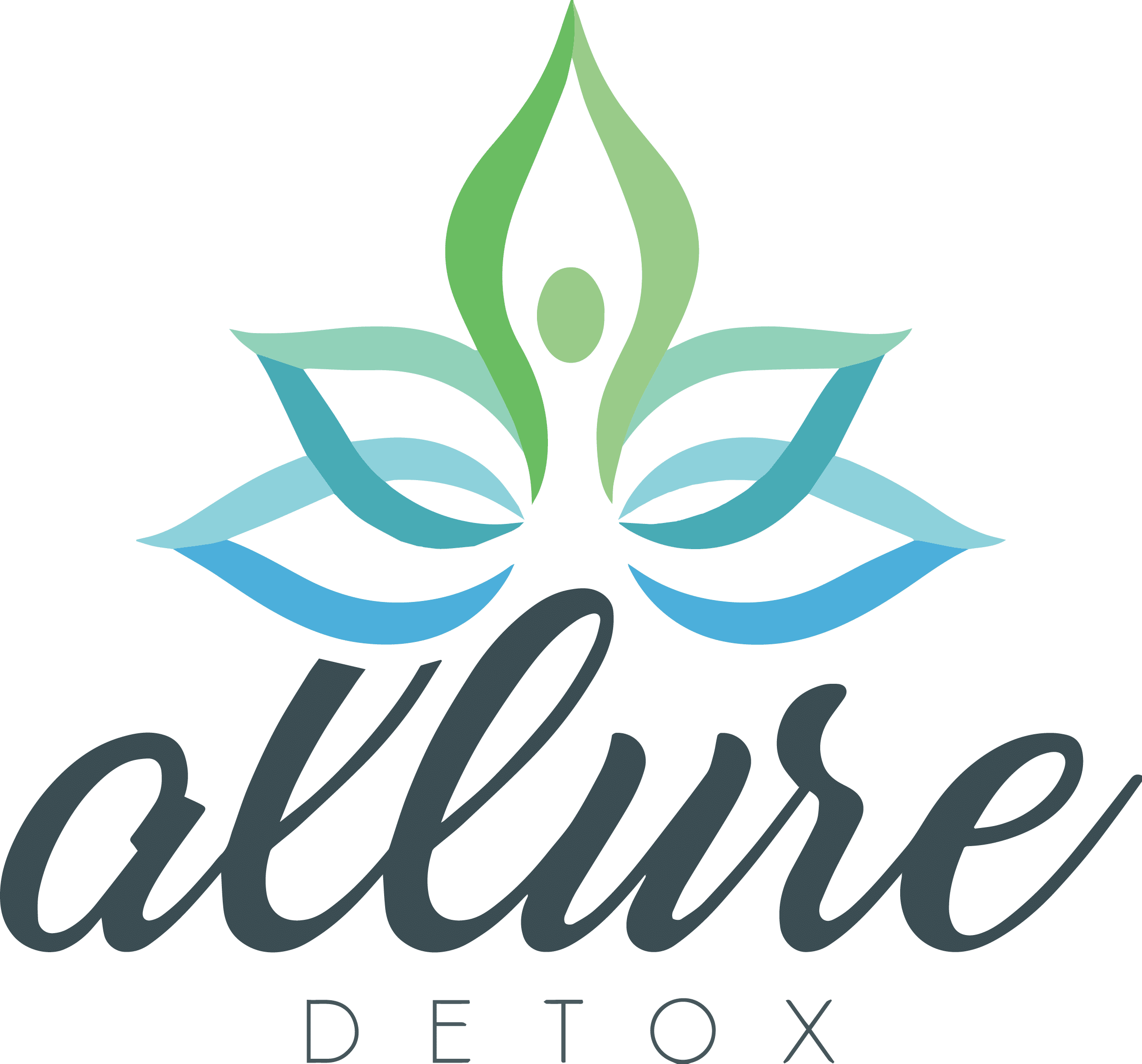Unfortunately, there will always be another new addictive drug, whether synthetic or natural, that can cure pain or aid in work productivity. Many of today’s illegal drugs, synthetic and from nature, used to be thought of as a cure with no side effects or dangers. Such drugs are cocaine, prescribed painkillers, heroin and many more. These drugs caused and are causing many of the world population’s deaths due to overdose and millions more are addicted.
Such a drug that is fairly new and thought to have no ill effects is Kratom. According to the National Center for Complementary and Integrative Health (NCCIH), kratom (Mitragyna speciose) is a tree in the coffee family, found in Thailand and other tropical countries. Traditionally, in Southeast Asia, people have chewed their leaves or made them into a tea that’s used to fight fatigue and improve work productivity. Kratom has also traditionally been used during religious ceremonies and to treat medical conditions such as pain and diarrhea, sometimes as a substitute for opium.
Table of Contents
What are Kratom Detox Withdrawal Symptoms?
Kratom detox withdrawal symptoms can vary in severity and type but often resemble those of opioid withdrawal due to the way kratom affects the brain’s opioid receptors. Here are some common symptoms:
Physical Symptoms:
- Muscle Aches: Generalized body pain and muscle cramps.
- Sweating: Excessive sweating, often accompanied by hot flashes or chills.
- Runny Nose: Nasal congestion and runny nose.
- Nausea and Vomiting: Gastrointestinal distress, including nausea, vomiting, and diarrhea.
- Restlessness: Inability to stay still, feeling jittery or on edge.
- Tremors: Shaking or trembling, especially in the hands.
- Fatigue: Extreme tiredness and lethargy.
Psychological Symptoms:
- Anxiety: Increased feelings of anxiety or panic.
- Depression: Low mood and feelings of hopelessness.
- Irritability: Heightened irritability and mood swings.
- Insomnia: Difficulty falling or staying asleep.
- Cravings: Intense desire to use kratom again.
Duration and Management:
- Duration: Symptoms typically begin within 12 to 48 hours after the last dose and can last for several days to a week.
- Management: Gradual tapering under medical supervision, hydration, over-the-counter medications for symptom relief, and supportive therapies such as counseling.
Kratom withdrawal can be uncomfortable and challenging to manage alone. Seeking professional help can provide support and ensure a safer detox process.

What is Kratom?
Two compounds in kratom leaves, mitragynine, and 7-hydroxy mitragynine, interact with opioid receptors in the brain, producing sedation, pleasure, and decreased pain when taken in high doses. Lower doses cause alertness instead of sedation.
Some people in Western countries use kratom to try to treat pain or manage opioid withdrawal symptoms. But there are also those that have an opioid addiction that maybe can’t obtain their drug of choice or are trying to get the same euphoric effects but want to go unnoticed since most drug tests don’t test for Kratom.
While, just like prescribed opioids intended use when used as directed, it has its positives by relieving pain, relaxation, improved mood, increased energy and treating opioid addiction. But with the good comes the bad when abused which include tolerance, dependence, addiction, and withdrawal.
NCCIH states that a variety of side effects of kratom have been reported. They include anxiety, irritability, and increased aggression, which may be related to the drug’s stimulant effects; and sedation, nausea, constipation, and itching, which may be related to its opioid-like effects. Increased pigmentation of the cheeks, tremor, loss of appetite, weight loss, and psychosis have been seen in long-term kratom users. Seizures have been reported in users of high doses of kratom.
Since Kratom is an opioid its detox withdrawal symptoms are similar to those addicts coming off heroin. It may be less severe, shorter, and less common but you will experience withdrawal symptoms when you stop your dose if you are taking large enough doses.

Kratom Detox is Similiar to Opioid Withdrawal
Withdrawal symptoms are similar to any other opioid. They typically appear within 12 to 48 hours of your last dose. Symptoms typically disappear within 3 days.
Commonly cited kratom withdrawal symptoms include:
- Muscle aches
- Insomnia
- Fatigue
- Cravings
- Nausea or vomiting
- Cramping
- Tremor
- Anxiety
- Depression
- Diarrhea
- Sweating
- Watering eyes
- Runny nose
- Hot flashes
- Restless legs
There are also reports of heavy kratom users suffering from post-acute withdrawal syndrome (PAWS). PAWS happens to some people after withdrawal from a variety of substances. People tend to experience depression, anxiety, and insomnia that comes and goes in waves. It may be a few weeks or months before you feel like yourself again.
Allure Detox is Here to Help with Kratom Detox
It can be difficult to stop using kratom for many people. There are a couple of ways to go about it; cold turkey or slowly tapering off the drug. Whatever the path you choose, Allure Detox can help.
When it comes to Allure Detox, we provide much more than the bare minimum. Of course, we help clients stop using safely – that’s just a given. Almost as important as that, though, is that we offer clients the foundation for a lifetime of relief and recovery.
That’s the Allure Detox promise: that patients leave our care with more than good health at their disposal. Our focus is on minimizing your withdrawal symptoms to a comfortable level while beginning the comprehensive treatment process that will keep you sober.
FAQ
Does Kratom withdrawal cause Restless Legs?
Published on: 2020-01-16
Updated on: 2024-09-23



